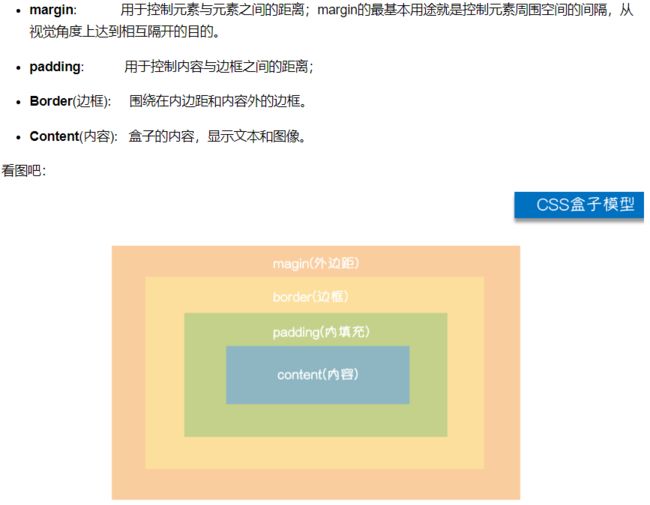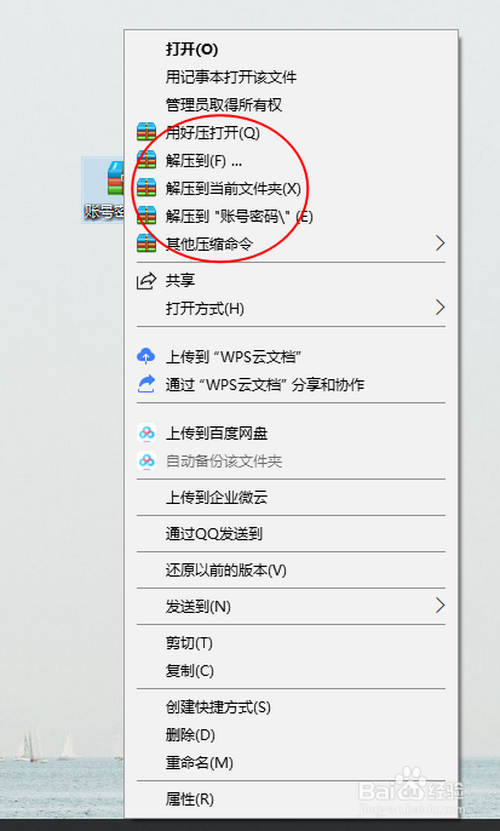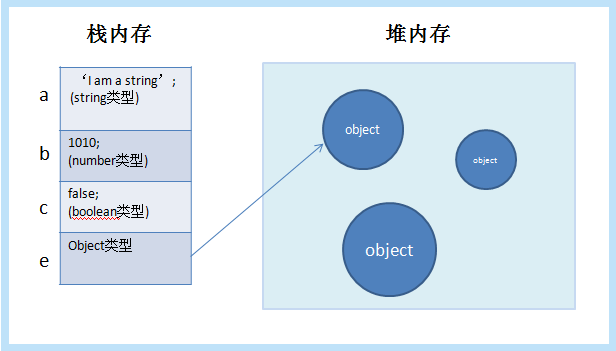2022-02-07
详细介绍
下面的程序需要做的是循环5次,每次循环给x加1,赋值给y,然后打印出来,
x = tf.Variable(0.0)
#返回一个op,表示给变量x加1的操作
x_plus_1 = tf.assign_add(x, 1)
#control_dependencies的意义是,在执行with包含的内容(在这里就是 y = x)前
#先执行control_dependencies中的内容(在这里就是 x_plus_1)
with tf.control_dependencies([x_plus_1]):
y = x
![图片[1]-『TensorFlow』流程控制之tf.identity-唐朝资源网](https://images.43s.cn/wp-content/uploads//2022/06/1655198399191_0.png)
init = tf.initialize_all_variables()
with tf.Session() as session:
init.run()
for i in xrange(5):
print(y.eval())
因此,它会在执行打印之前执行。
这打印了0,0,0,0,0,表示没有达到我们预期的效果。这是因为此时的y是复制x变量的变量,与图上的节点不匹配。连接不接受流控函数的调度,
![图片[2]-『TensorFlow』流程控制之tf.identity-唐朝资源网](https://images.43s.cn/wp-content/uploads//2022/06/1655198399191_1.png)
改为以下,
import tensorflow as tf x = tf.Variable(0.0) print(x) x_plus_1 = tf.assign_add(x, 1) with tf.control_dependencies([x_plus_1]): y = x + 0.0 print(y) #z=tf.identity(x,name='x') init = tf.global_variables_initializer() with tf.Session() as sess: sess.run(init) for i in range(5): print(sess.run(y))
(“add:0”, shape=(), dtype=)
1.0 2.0 3.0 4.0 5.0
可以看出,当y定义为节点的输出时,操作可以顺利进行。此时y成为节点的输出,可以被图识别。
如果改成这样:
x = tf.Variable(0.0)
x_plus_1 = tf.assign_add(x, 1)
with tf.control_dependencies([x_plus_1]):
y = tf.identity(x)#修改部分
init = tf.initialize_all_variables()
with tf.Session() as session:
init.run()
for i in range(5):
print(y.eval())
This works: it prints 1, 2, 3, 4, 5.
这次它打印 1、2、3、4、5
解释:
查询y为:(“:0”, shape=(), dtype=),与节点关联。
tf.返回一个相同的新的。在动作块下,需要将一个新节点添加到 gragh 中。
分类:
技术要点:
相关文章:
© 版权声明
本站下载的源码均来自公开网络收集转发二次开发而来,
若侵犯了您的合法权益,请来信通知我们1413333033@qq.com,
我们会及时删除,给您带来的不便,我们深表歉意。
下载用户仅供学习交流,若使用商业用途,请购买正版授权,否则产生的一切后果将由下载用户自行承担,访问及下载者下载默认同意本站声明的免责申明,请合理使用切勿商用。
THE END























暂无评论内容